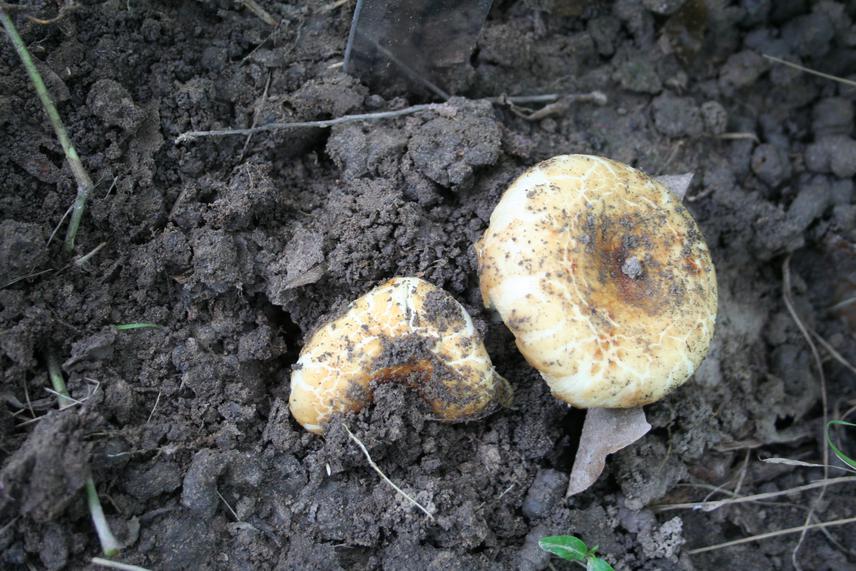Dao Lamèga Maba
Contribution to the conservation of wild useful fungi and their habitats, and identification / classification of endangered species into different categories following IUCN criteria.

Togo harbors natural ectomycorrhiza-rich forests which are overexploited, and where threats to natural resources continue to increase. Previous mycological investigations undertaken within these forests ecosystems showed a high mycodiversity. Furthermore, in a global system of sustainable management and natural resources conservation, in situ conservation and rational uses must be based primarily on the knowledge of the resource in terms of diversity, ecological status, distribution and habitats states.
Thus, the objective of the present project titled: “Assessing the conservation status of wild useful macrofungi and elaboration of ecosystem-based conservation strategy”, is to assess the conservation status of wild useful macrofungi and elaboration of ecosystem-based conservation strategy. This project aims to generate quantitative data on actual mycodiversity of wild useful fungi of Fazao Malfakassa National Park, the most important ectomycorrhiza-rich forest in Togo, notably their abundance, distribution, their seasonal fructification and habitats characteristics. In addition, a couple of informal workshops with gathering socio-ecological data as well as mapping to establish which areas/species suffer highest intensity collection will be done in collaboration with villagers.
In the short term, conservation strategies for sustainable management will be provided. Thereby:
(1) This works will help assessing conservation status of fungal species according to threat categories of UICN,
(2) Knowing conservation status of species will help depicting the most and less endangered species, and to identify priority species for conservation actions,
(3) Quantitative data regarding the size of the habitat and/or density/ population structure of tree partner will serve as basic information for a long term dynamic prediction,
(4) The generated data will help increase awareness within various stakeholders on the obvious threats and thereby the urgent need for conservation of species and habitat.
Thus, data including the abundance, frequency, number and size of habitats will allow to assess efficiently and accurately the conservation status of wild useful macrofungi from Togo. Thereby, characterization of endangered species will be made and a complete checklist and red list of these threatened species including ecological characteristics will be provided, and the economical importance of useful species highlighted.
At local and national level, this will be an important helpful tool for Focal Point of Convention on Biological Diversity in Togo as well as for IUCN-group, NGOs and government. The results will constitute an indicator that should be used by the Environmental and Forestry Ministry, for a concrete actions and decisions in order to intensify actions for the conservation of these natural resources.